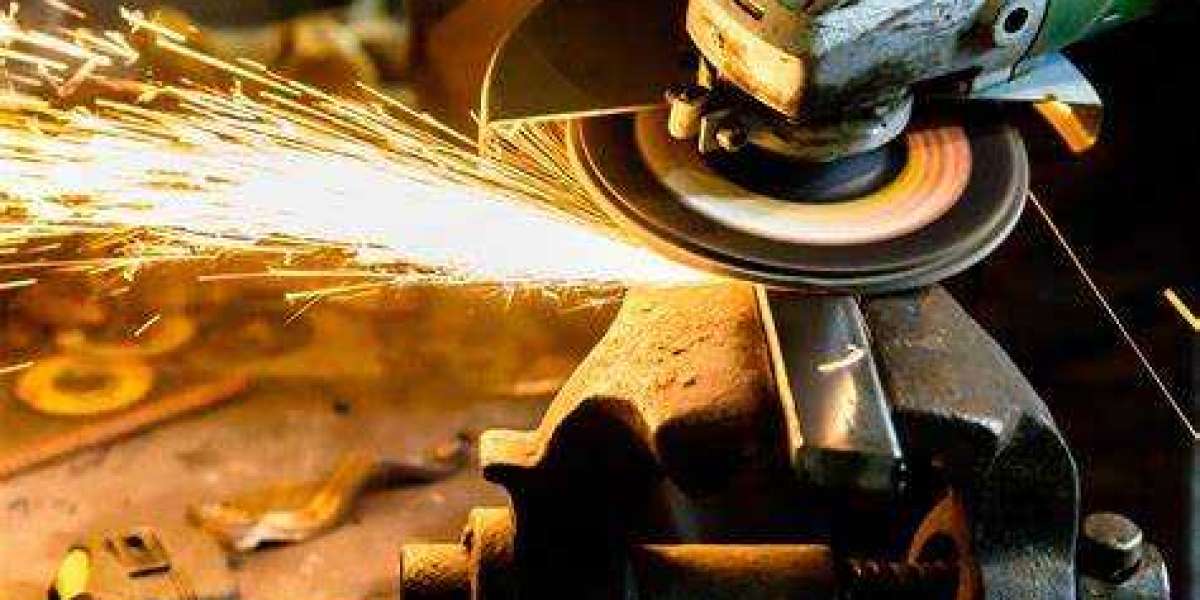Grinding machining is a critical process in manufacturing that enhances the surface finish of components. By employing abrasive tools, this method removes material and refines the surface, ensuring precision and quality in various applications. Understanding the techniques involved in grinding machining is essential for achieving optimal results.
Types of Grinding Techniques
Surface Grinding: This is the most common type, where a flat workpiece is ground using a rotating abrasive wheel. It is ideal for achieving flat surfaces with tight tolerances.
Cylindrical Grinding: This technique focuses on grinding the external surfaces of cylindrical components. It allows for the precise shaping of shafts and rods, ensuring uniform diameters.
Internal Grinding: In this method, the interior surfaces of a component are ground. It is crucial for creating precise bores and inner diameters, making it vital for components like bearings and bushings.
Centerless Grinding: This technique doesn’t require the use of a spindle. Instead, it uses a combination of wheels to hold and grind the workpiece, allowing for efficient processing of long, cylindrical parts.
Optimal Techniques for Surface Finishing
Achieving optimal surface finishing requires attention to several factors:
Abrasive Selection: Choosing the right abrasive material is crucial. Options include aluminum oxide, silicon carbide, and diamond, each suited for different materials and applications.
Wheel Speed and Feed Rate: Adjusting the speed of the grinding wheel and the feed rate can influence the finish quality. Higher speeds often lead to better finishes but may also generate more heat.
Coolant Use: Utilizing coolants during grinding helps reduce friction and heat, preventing damage to the workpiece and enhancing the overall finish.
Surface Integrity: Monitoring surface integrity is essential. Techniques like post-grinding inspections ensure that the desired finish and tolerances are met.
In conclusion, grinding machining is an indispensable process in achieving superior surface finishes. By understanding and applying various grinding techniques, manufacturers can enhance the quality and performance of their components, driving efficiency and excellence in production.



